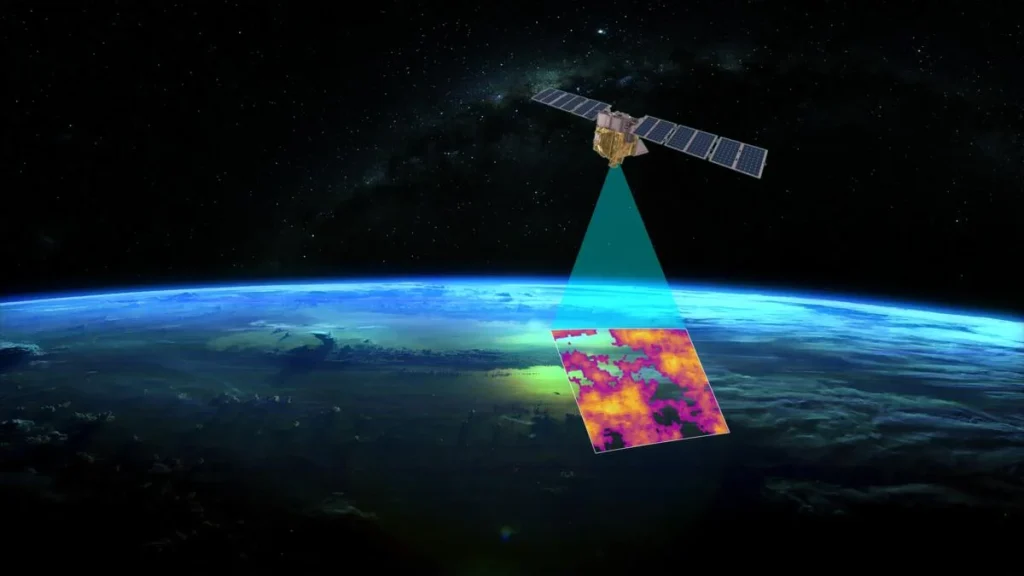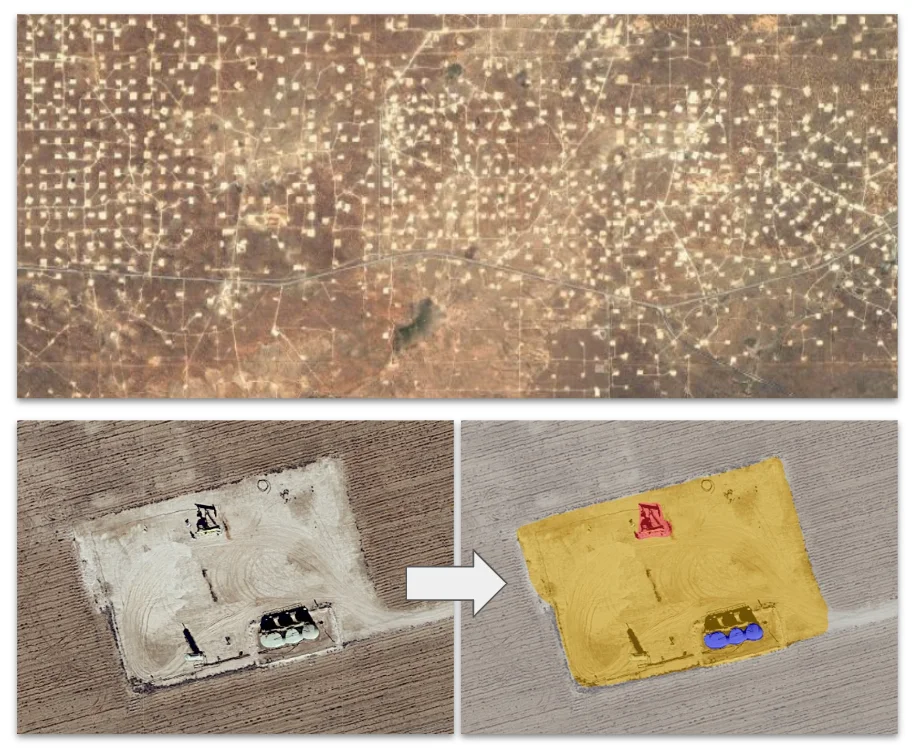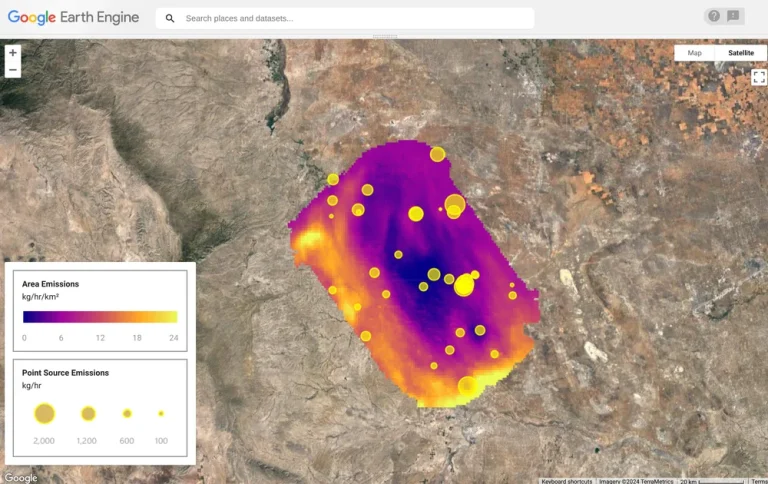Google has partnered with the Environmental Defense Fund (EDF) to supply its cloud computing and AI to the organization’s new satellite, MethaneSAT, which will quantify and trace methane emissions to their source.
Launching in early March 2024 on a SpaceX Falcon 9 rocket, MethaneSAT will orbit the Earth 15 times a day at an altitude of over 350 miles. It will measure methane levels in the top oil and gas regions of the world for regular analysis. MethaneSAT can monitor both high-emitting methane sources and small sources spread over a wide area. To calculate the amount of methane emitted in specific places and track those emissions over time, EDF developed algorithms powered by Google Cloud in collaboration with scientists at Harvard University’s School of Engineering and Applied Sciences and its Center for Astrophysics, and scientists at the Smithsonian Astrophysical Observatory.
By powering methane detection algorithms with cloud computing and applying AI to satellite imagery to identify oil and gas infrastructure around the world, Google’s goal is to help EDF quantify and trace methane emissions to their source. With this information, energy companies, researchers and the public sector can take action to reduce emissions from oil and gas infrastructure faster and more effectively.

In addition to detecting emissions, Google will also create a global map of oil and gas infrastructure, with the goal of understanding which components contribute most to emissions. Similar to how the company uses AI to detect sidewalks, street signs and road names in satellite imagery to display helpful information in Google Maps, AI will be used to identify oil and gas infrastructure, like oil storage containers, in the imagery. Google will then combine it with EDF’s information about oil and gas infrastructure to determine where the emissions are coming from.
Once the infrastructure map is complete, Google will be able to overlay the MethaneSAT data that shows where methane is coming from. When the two maps are lined up, it will allow emissions to be traced to specific infrastructure, enabling a far better understanding of the types of sources that generally contribute most to methane leaks. According to the Google team, this information will help anticipate and mitigate emissions in oil and gas infrastructure that is generally the most susceptible to leaks.

To help researchers and organizations, these insights will be available later in 2024 on MethaneSAT’s website and accessible through Google Earth Engine, the planetary-scale environmental monitoring platform. By making MethaneSAT datasets available on Earth Engine, which has over 100,000 monthly active users, users will be able to detect trends and understand correlations between human activities and environmental impact. For example, Earth Engine users can combine methane data with other data sets – such as land cover, forests, water, ecosystems, regional borders and more – to do things like track methane emissions in a given area over time.
Yael Maguire, vice president and general manager, Geo developer and sustainability at Google, commented, “Figuring out how to address methane emissions is one of the biggest climate challenges we face today. We’re excited to share actionable information that is urgently needed to achieve real impact. This work is possible thanks to our partners at EDF.”
Read more of the latest satellite updates from the meteorological technology industry here.



